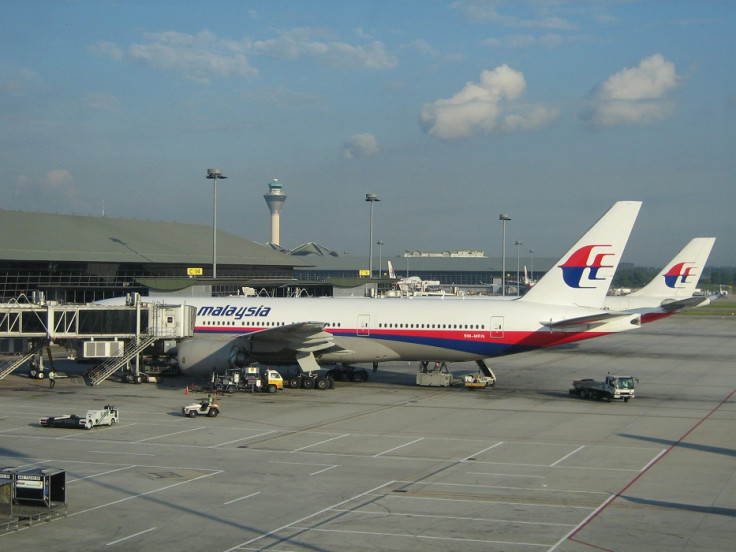Malaysia Airlines Flight MH370: What did Passengers Know in Last Moments?

The search for the missing Malaysia Airlines Boeing 777 continues, after it was revealed the orange objects spotted by an Australian P-3 Orion search aircraft are nothing more than fishing equipment.
While the search for the debris continues, so does the mystery of what happened to flight MH370. It is assumed that the aircraft crashed into the southern Indian Ocean, yet no wreckage has been recovered.
One of the mysteries of the flight is whether the passengers were aware that something was wrong, as their plane turned around and veered towards the southern Indian Ocean. Were they awake and confused?
Khalid Abu Bakar, the Malaysian police chief, said: "All options remain open and nothing has been confirmed or ruled out".
A breakdown of theories and events has been proposed by Au News, that revolve around the pilot captain Zaharie Ahmad Shah.
Suicide mission

This is strongly contested by the friends and family of Shah, who have dismissed theories that the pilot in control of the Boeing 777 deliberately sabotaged the aircraft.
Hours after the plane departed from Kuala Lumpur airport around midnight on 8th March, it is unlikely the passengers suspected anything was wrong. It is possible they did not realise the sunlight was streaming in on the wrong side of the plane - as MH370 turned towards the southern Indian Ocean.
Yet it is more than likely that the passengers were watching the six-hour flight stretch to seven and then eight hours - possibly without any notification or information being delivered by captain Shah.
They may have tried to break down the bulletproof doors to the flight deck, if they realised something was wrong. However, the cabin crew will have been unable to provide any reassurance, if they had no communication with the pilots.
Speaking to News Corp, an anonymous Australian commercial pilot said turning the plane towards the presumed crash site would have been easy and the moving map display can be disabled. He said: "You can disable the in-flight entertainment completely. Passengers might have [asked questions] but you can lock the flight deck door and no one's getting in."
However, a solo attempt to bring down the plane would have proved difficult for a co-pilot.
Catastrophic disaster

Many in the aviation profession support the theory that the captain was pilloried and the passengers passed out due the difficulty in processing oxygen, as the plane ascended to 45,000ft above the South China Sea - in response to a catastrophic event.
Nathan Safe president of the Australian and International Pilots Association, said: "I'd hope that they were just trying to deal with some nasty situation and they've ended up selecting a heading through the autopilot to fly in that direction."
Adding that the plane may have simply run out of fuel, Safe said the pilots were likely to have crashed trying to find a safe place to land.
The turn around
On 15th March, Najib Razak, the Malaysian prime minister, announced that the plane appeared to have been flown off-route deliberately for hours, with its communications system and transponder manually switched off.
Rob Collins, aviation director of TechSafe, said neither crew nor passengers would have felt the aircraft turn towards the Malaysian penninsula in the night.
He said: "I'd be very surprised (if they felt it) unless there was a sudden descent. But once the meal service has been completed, the lights go out and really you don't know where you're going."
Erratic flight pattern
Investigators suggested Zaharie may have deliberately sabotaged the Boeing 777 in a suicide bid, after the aircraft was tracked flying between 43,000ft and 45,000ft after the last communication from the cockpit.
The erratic movements of the plane may have been the pilot's response to the effects of a loss of cabin pressure, smoke or toxic fumes in the cabin.
The plane flew at 45,000ft for 23 minutes, which may have rendered the passengers unconscious as experts estimate the oxygen would have run out in 12 minutes.
© Copyright IBTimes 2025. All rights reserved.






















